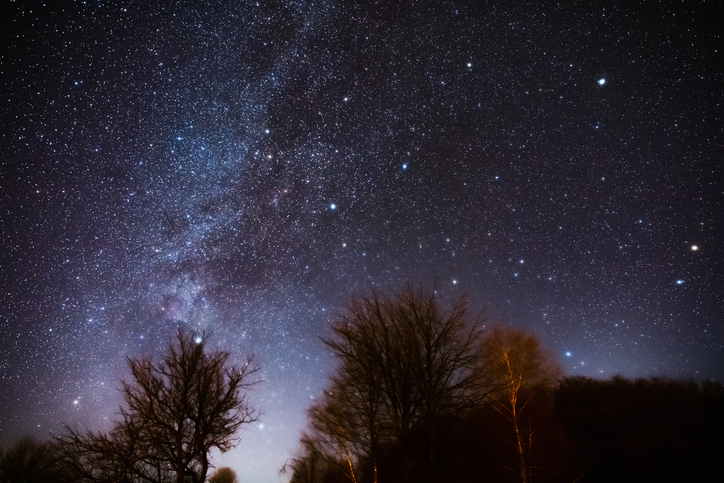10 Fun Facts About Fall - Page 2
Share the post
Share this link via
Or copy link
1. It has two names
The season is known as both “fall” and “autumn.” The word “autumn” comes from Latin, while “fall” originated in 17th-century Britain as a shortening of the phrase “fall of the leaf.” While both are correct, “fall” is more commonly used in American English.

2. Leaves change color due to a lack of sun
As days get shorter and there’s less sunlight, trees stop producing chlorophyll, the green pigment responsible for photosynthesis. This allows the yellow and orange pigments that were always present to finally show through.
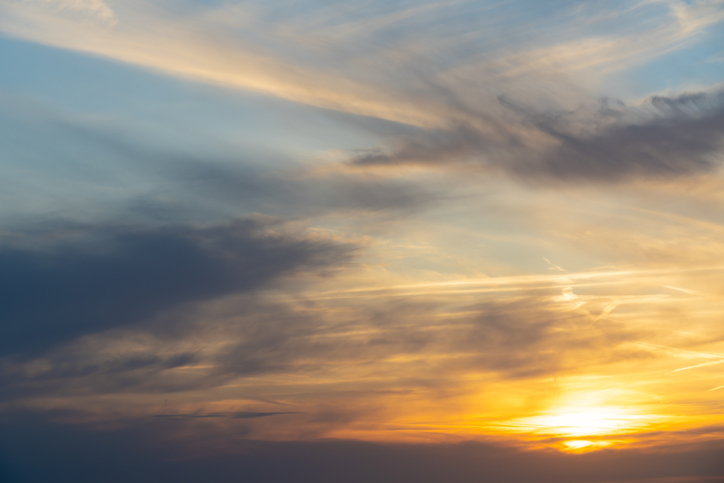
3. Red and purple leaves are a sweet bonus
Unlike the yellows and oranges, the beautiful red and purple hues in some fall leaves are created by sugars trapped in the leaves. Cool nights and sunny days cause these sugars to produce vibrant pigments called anthocyanins.
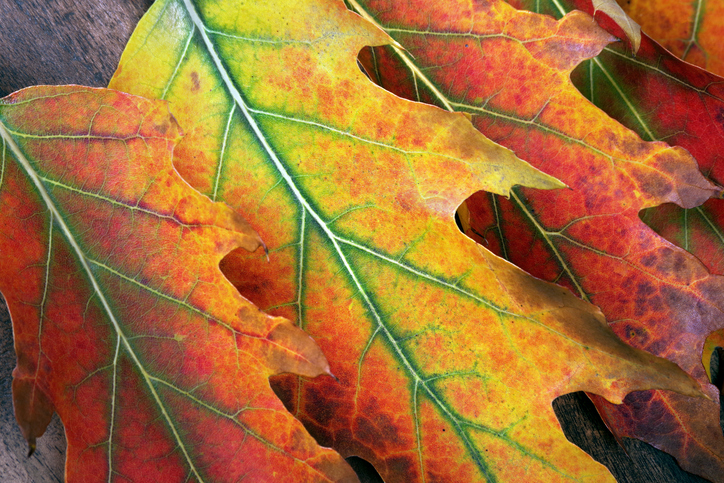
4. Weight gain is a real thing
Love Education? Get more! Join the WIBC 93.1 FM Newsletter
We care about your data. See our privacy policy.
Studies suggest that humans, like many other mammals, tend to eat a bit more and gain a little weight in the fall. This is partly due to a primal instinct to stock up for winter.
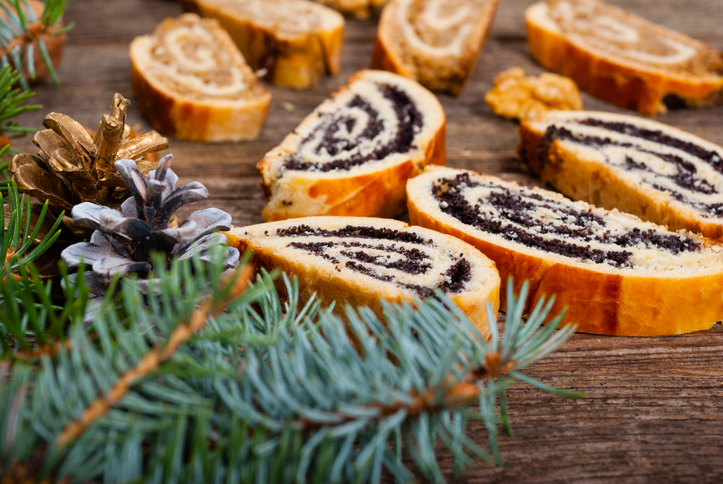
5. Pumpkin is a fruit, not a vegetable
Pumpkins, along with all other types of squash, are technically fruits. To be specific, they are a type of berry! The word “pumpkin” comes from the Greek word pepon, which means “large melon.”
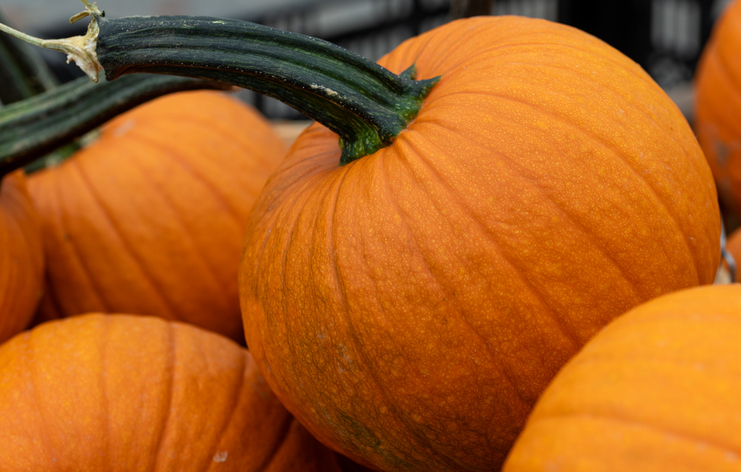
6. Bobbing for apples was a British courting ritual
The popular party game originated as a form of fortune-telling for young women in Britain. Each apple was assigned to a potential suitor, and the apple a woman was able to grab with her teeth was said to represent her future husband.
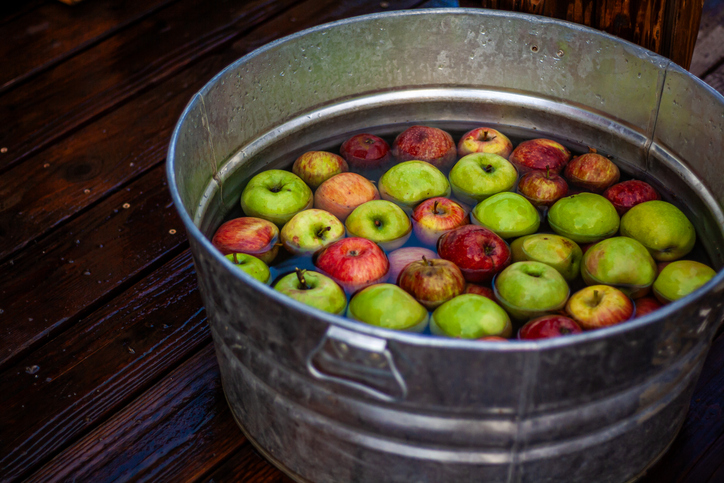
7. Birds spend the fall preparing for their big trip
The fall migration is a massive undertaking. Birds can travel thousands of miles to reach warmer climates for the winter. The Arctic Tern holds the record, flying about 49,000 miles round-trip each year.
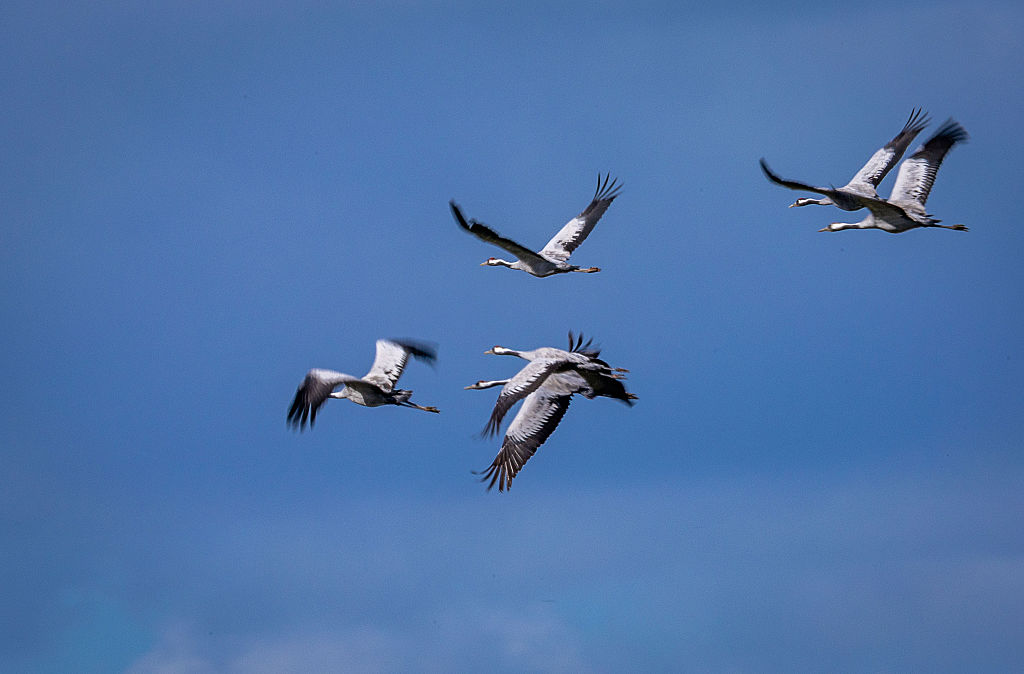
8. The smell of fall is actually the smell of decay
That distinct, earthy scent we associate with autumn comes from the decomposition of leaves and plants as they break down. It’s a mix of chemical reactions from fungi, bacteria, and the plants themselves.

9. Halloween’s roots are in an ancient fall festival
Halloween traditions can be traced back to the ancient Celtic festival of Samhain. People would light bonfires and wear costumes to ward off ghosts as they marked the end of the harvest and the beginning of the dark, cold winter.
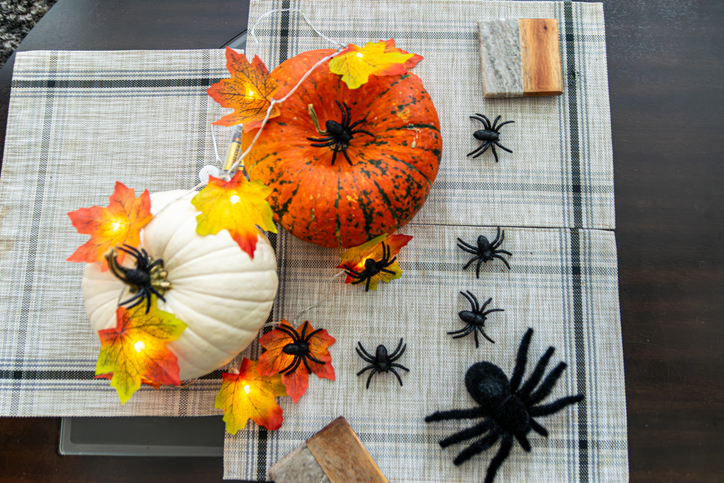
10. It’s the best season for stargazing
The cooler, less-humid air of fall makes the night sky clearer and less hazy than in the summer. With the nights growing longer, it’s the perfect time to look up and spot your favorite constellations.
RELATED | The Ultimate Guide to Fall Festivals in Indiana
